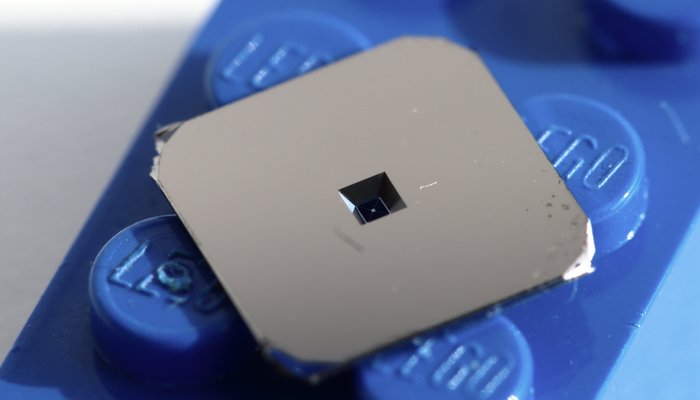Quantum sensing

Quantum sensors exploit quantum states for measurements and derive their performance from the fact that quantum states are extremely sensitive to external disturbances. This in turn is also one of the key challenges for quantum sensors as they have to be extremely well isolated from the noisy classical environment to preserve their unrivaled sensitivity while at the same time allowing coupling to the measured object in order for information about its state to be imparted onto the quantum meter.
Several platforms for quantum sensing exist, and in QPIT we conduct research into a number of those. For optical sensing strategies we generate and apply so-called squeezed states of light with optical noise reduced significantly below that of conventional laser light. This allows for detection of weak signals with enhanced signal-to-noise ratio, e.g. in Raman spectroscopy. In another line of experiments, we exploit the extreme sensitivity to magnetic fields of atom-like defects in diamond (nitrogen-vacancy centres) for biological sensing, in particular electrical activities in mammalian tissue. Applications include both measurements of action potential in muscles and brain signals.
Turning to larger-scale systems, QPIT also investigates quantum optomechanical schemes for sensing and manipulating the motional state of macroscopic mechanical devices, specifically designed and fabricated to achieve state-of-the-art coherence and displacement sensitivity. Here, the motivation is more of a fundamental character, targeting studies of quantum mechanics at macroscopic scales.
The experimental activities are backed by theoretical research both within the specific application areas as well as on a fundamental quantum information theoretical level. A central theoretical activity is quantum thermometry, studying the fundamental limits to measurements of heat.